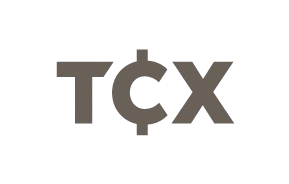The National Bank of Kazakhstan will raise minimum reserve requirements starting September, a move expected to absorb up to KZT 3.5 tln (USD 6.5 bln) in excess liquidity while curbing inflation and cooling rapid consumer lending growth. Chairman Suleimenov also noted banks have begun repaying past state support, with further repayments expected soon.
